Lawn Weed Identification: Common Lawn Weeds
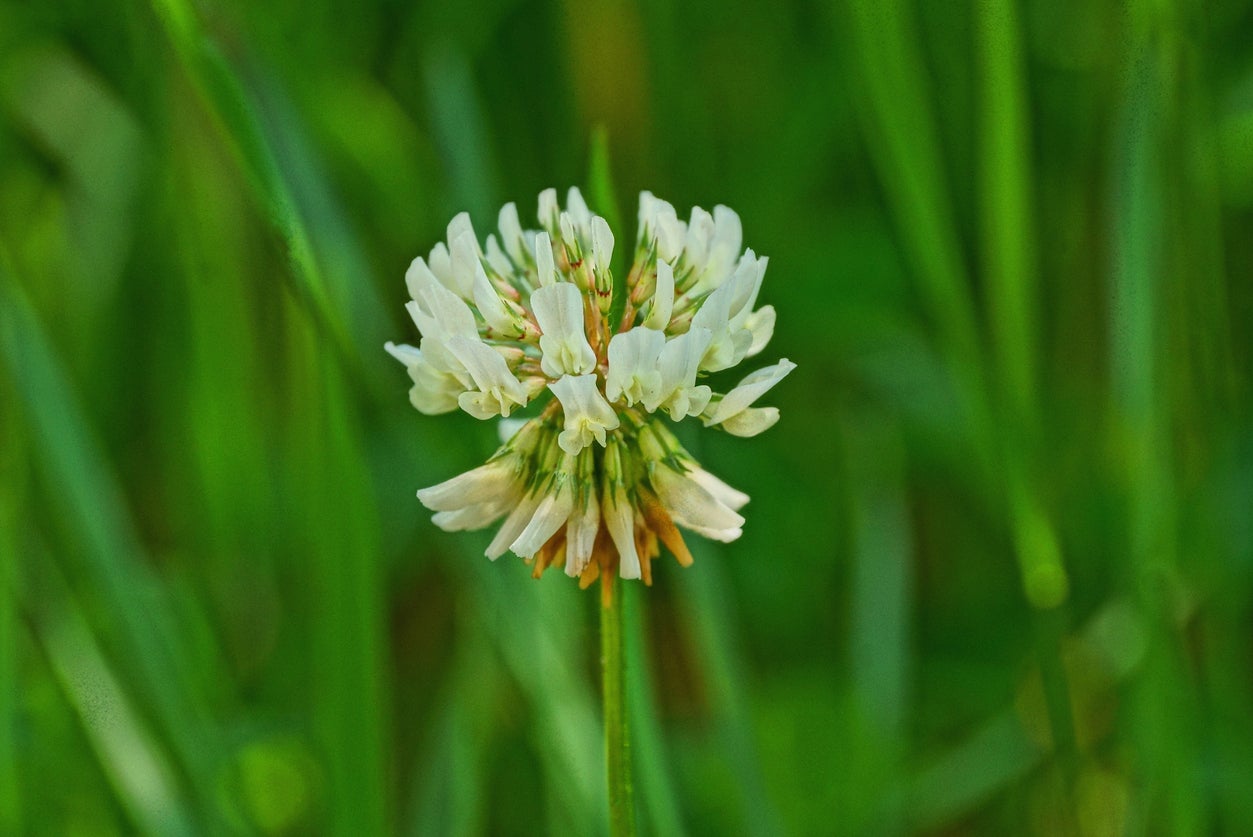

Weeds are a common occurrence in most lawns and gardens. While many of them are quite familiar, there may be some that are not. Learning about some of the most common types of weeds can make it easier to eliminate them from the landscape.
How to Identify Weed Types
In order to identify weed types and bring them under control, it's important to understand how they grow. Like other plants, weeds can be annual or perennial. Annual weeds are less troublesome as far as control measures go. While they are known to sprout up nearly anywhere due to seed dispersal, their root systems are relatively shallow. This makes them easy to pull and eradicate, although doing so before they set seed is recommended. Common annual weeds include:
Perennial weeds, on the other hand, have more extensive root systems, including taproots, making them more difficult to control. In addition, these weeds come back each year, especially if the roots are not destroyed. Some of the most common (and problematic) perennial weed types include:
Lawn Weed Identification
One of the best ways to identify lawn weeds is by looking closely at the soil in your landscape. Many common lawn weeds can be found growing in certain types of soil, making this an excellent way to identify specific types you may have growing in your landscape. Here are some of the most commonly seen weeds: Dandelions: Dandelions are well known in many lawns and gardens-- their fuzzy yellow blooms popping up nearly anywhere. While their deep taproots make them difficult to control, they generally spread through their easily recognized white, fluffy seedheads. Ragweed: Ragweed is commonly known by many allergy sufferers. This annual weed can be seen most often during summer (and autumn) months and recognized by its fern-like foliage. Crabgrass: Crabgrass is a homeowner's worst nightmare, creeping up throughout the lawn. This summer annual lies flat to the ground and has reddish purple stems (both smooth and hairy). It forms slender spike-shaped seedheads just below mowing height, making it difficult to manage. Spotted spurge: Spotted spurge has a reddish purple spot in the center of each leaf and the sap is milky (which may cause a rash in sensitive individuals). This annual weed can be pulled up easily in moist soil. Improving the density of lawn grass can help keep it under control. Common chickweed: Common chickweed is a mat-forming weed with tiny, star-shaped white flowers. This annual thrives when conditions are cool and moist. Mouse-ear chickweed is similar, however, this weed is perennial with hairy stems and leaves, and is more tolerant of summer heat. White clover: White clover is a perennial weed that forms creeping runners and produces white, fluffy-looking blooms. Since this weed is a legume which fixes nitrogen, it is often found in lawns with low fertility. Adding nitrogen to the soil can help ease the population of clover. Common nettle: This is prolific in soil that borders gardens and open fields. This perennial weed has many varieties, including stinging nettle. While it may look like an ordinary, hairy weed with attractive little flowers, it can cause a very painful sting if you touch it. Nettles can often be aggressive spreaders, with creeping roots. Broadleaf plantain: Broadleaf plantain is a low-growing perennial. It has broad leaves with prominent veins and may smother lawn grass if left untreated, which generally calls for maintaining thick lawn coverage. Knotweed: Knotweed is an annual weed, common along sidewalks. It usually thrives in dry, compacted soils. Knotweed forms a tough, wiry mat of stems and blue-green leaves with small white flowers. It is often confused with spurge, however, this weed does not produce a milky sap. It does produce numerous seeds, which can be reduced with annual aeration. Ground ivy: Also known as creeping charlie, this weed is extremely difficult to control, as this creeping plant (recognized by its round, scalloped leaves, square stems, and small purplish flowers) can form large patches in shady, moist areas of the landscape. Annual bluegrass: Annual bluegrass, also known as poa annua, is a bright green, low-growing grass that thrives in cool, moist weather. While it produces a number of white-colored seedheads and forms patches throughout the lawn, this weed is known to suddenly die out in hot, dry weather.
Gardening tips, videos, info and more delivered right to your inbox!
Sign up for the Gardening Know How newsletter today and receive a free copy of our e-book "How to Grow Delicious Tomatoes".

Nikki Tilley has been gardening for nearly three decades. The former Senior Editor and Archivist of Gardening Know How, Nikki has also authored six gardening books.
-
 Looking For Plants To Give You The Soft And Fuzzies? Try These 5 Fuzzy Leaf Plant Options
Looking For Plants To Give You The Soft And Fuzzies? Try These 5 Fuzzy Leaf Plant OptionsLovers of texture, drama, silver foliage and tactile plants will adore these special sensory garden additions. These fuzzy leaf plant options will leave you all aglow
By Susan Albert
-
 Get Ready For A Summer Of Hummers! Grow These Full Sun Hummingbird Plants and Flowers
Get Ready For A Summer Of Hummers! Grow These Full Sun Hummingbird Plants and FlowersIf you’re lucky enough to enjoy a sunny backyard, make sure you are maxing out on your pollinator opportunities and grow these full sun hummingbird plants and flowers
By Tonya Barnett
-
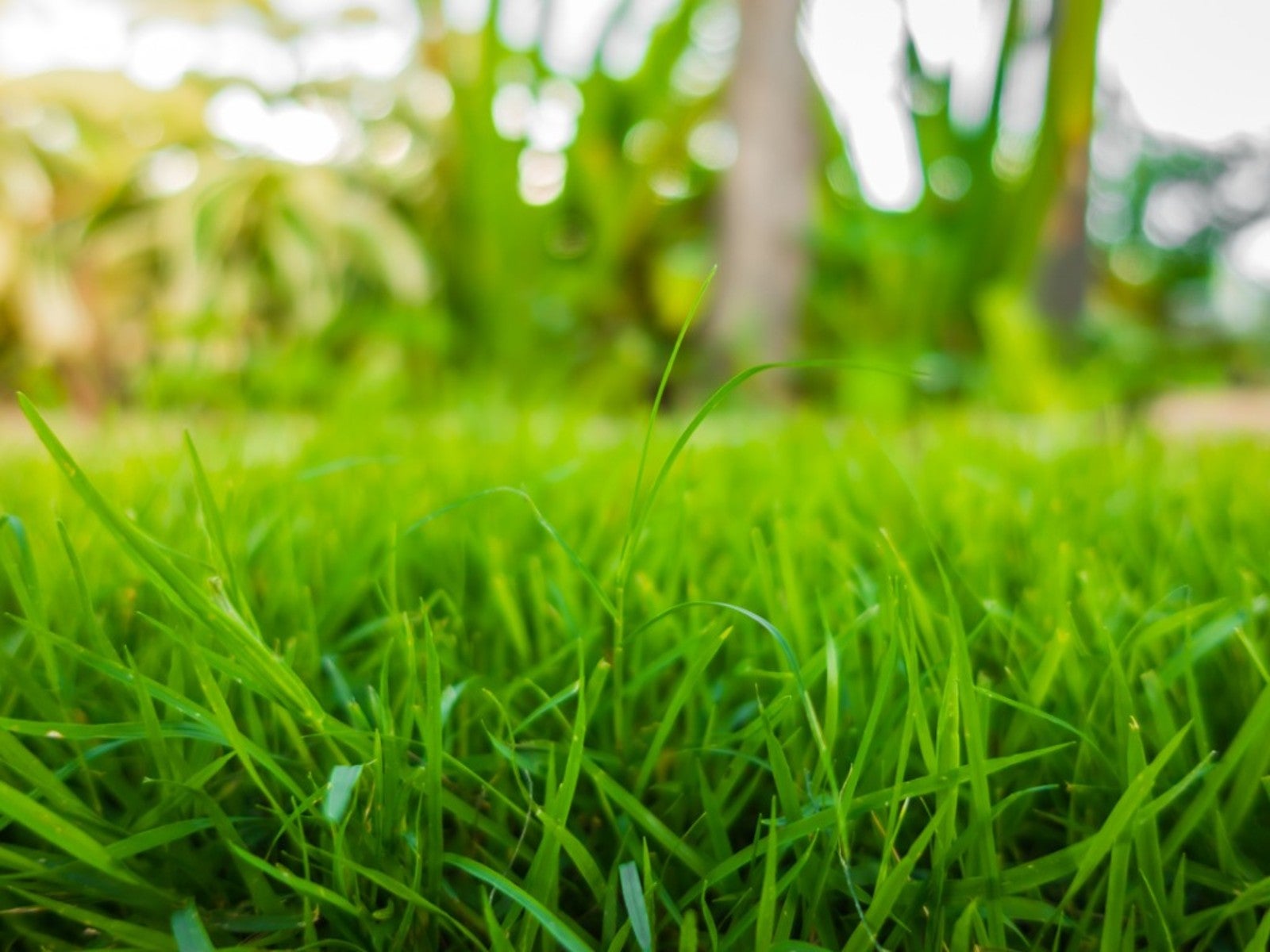 Sustainable Turf Species For A Greener Lawn
Sustainable Turf Species For A Greener LawnClick here for some of the most sustainable types of turf grass you can grow for an eco-friendly lawn.
By Bonnie L. Grant
-
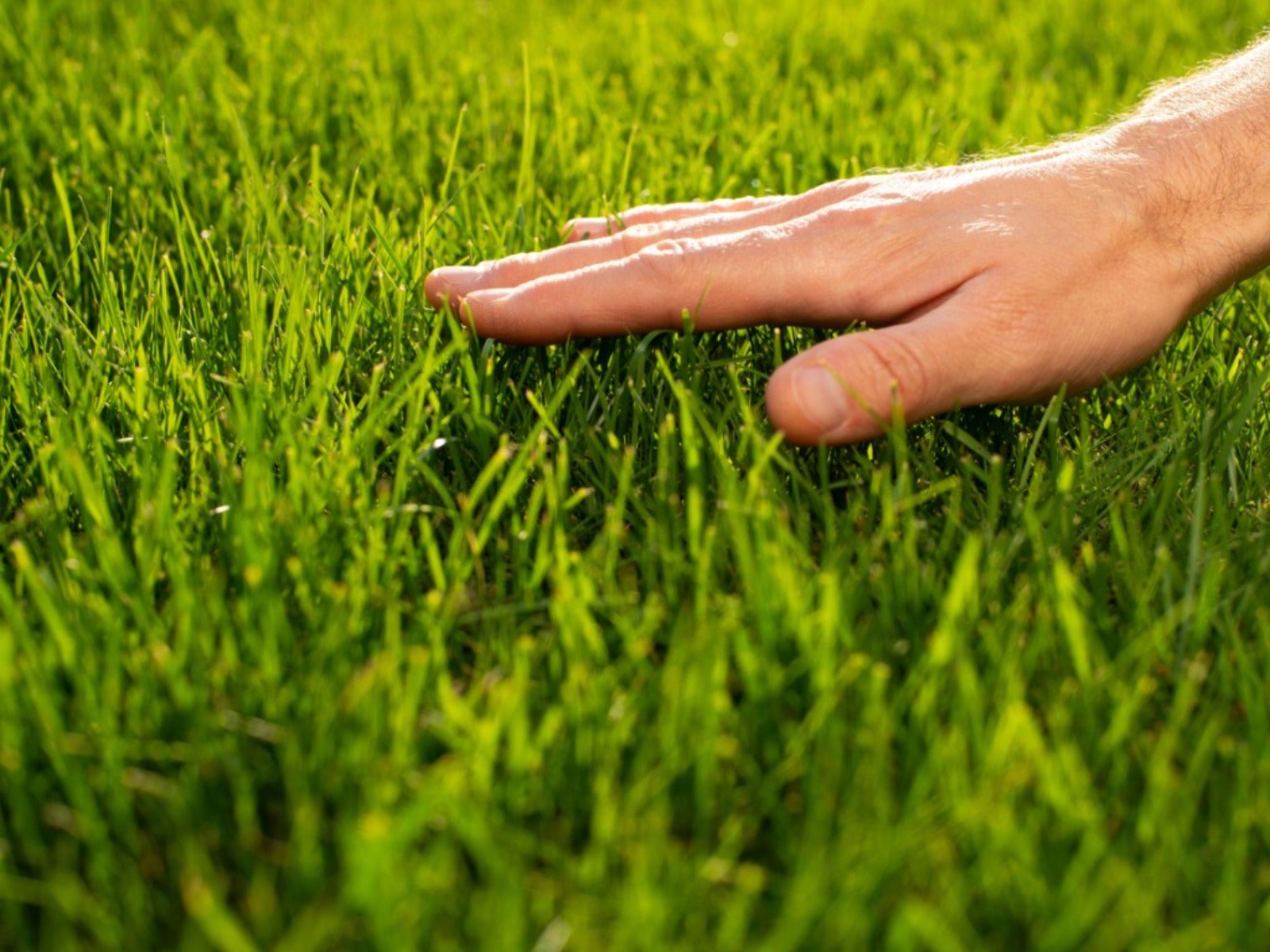 How To Grow A Sustainable Lawn
How To Grow A Sustainable LawnAdjust your thinking about a perfect green lawn and consider more sustainable methods. Click here to learn how.
By Mary Ellen Ellis
-
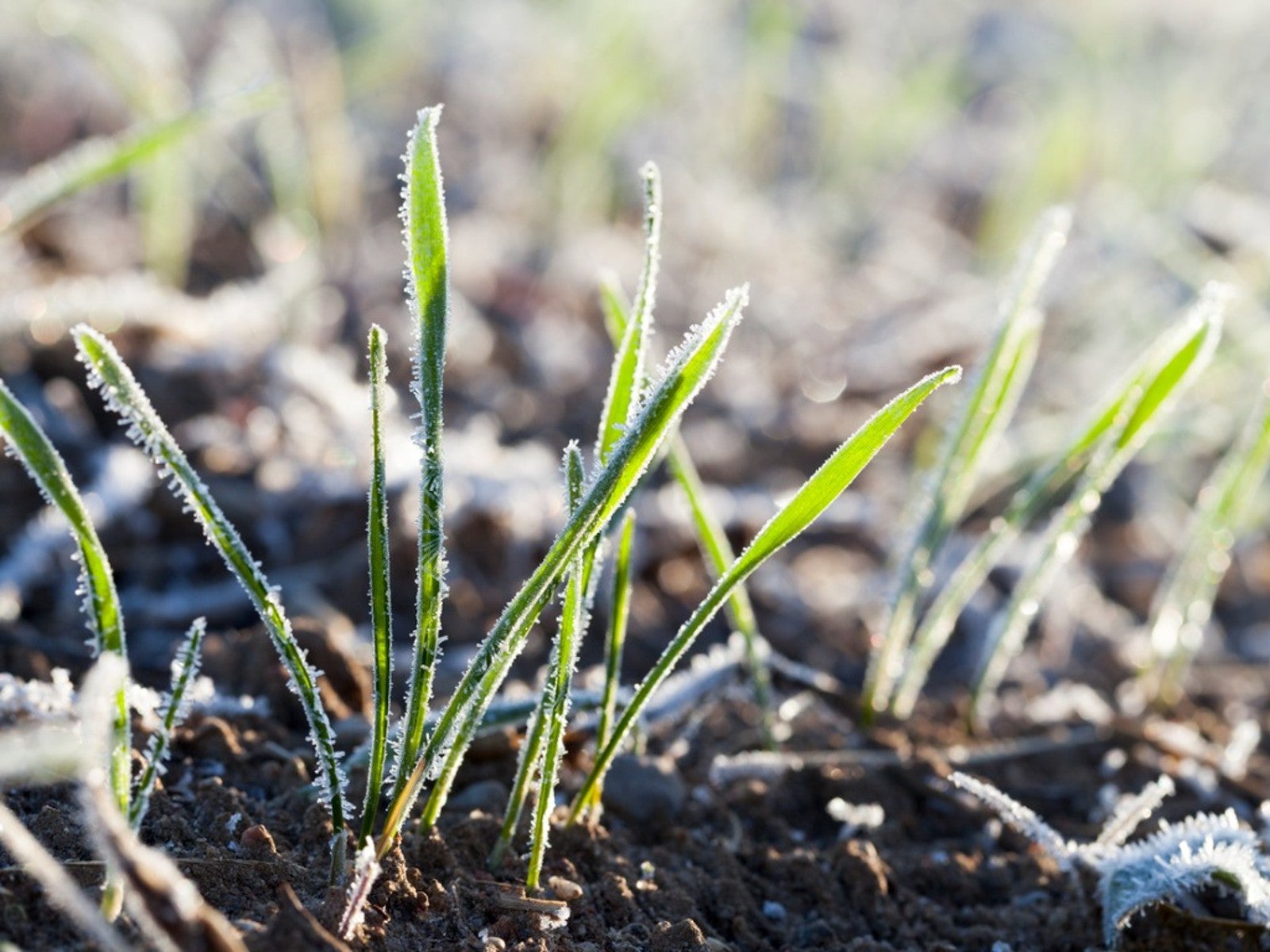 Will Frost Kill Grass Seed And How To Help New Turf Survive
Will Frost Kill Grass Seed And How To Help New Turf SurviveLearn how to help your newly sown grass survive frost and freezing weather.
By Amy Grant
-
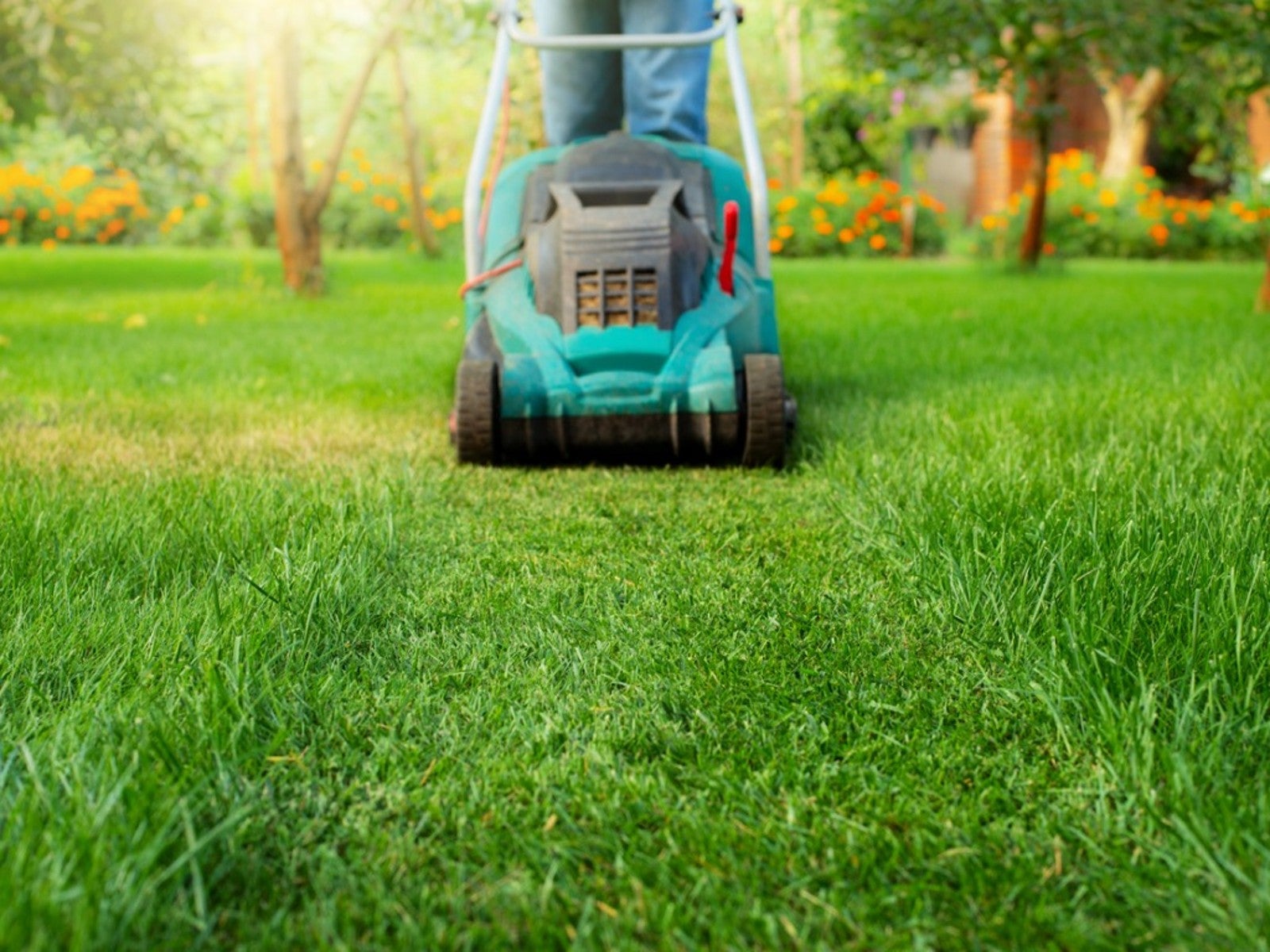 Lawn Problems That Aren’t Really Problems
Lawn Problems That Aren’t Really ProblemsYour lawn may not require as much work as you think. Learn which common problems aren’t really problems.
By Teo Spengler
-
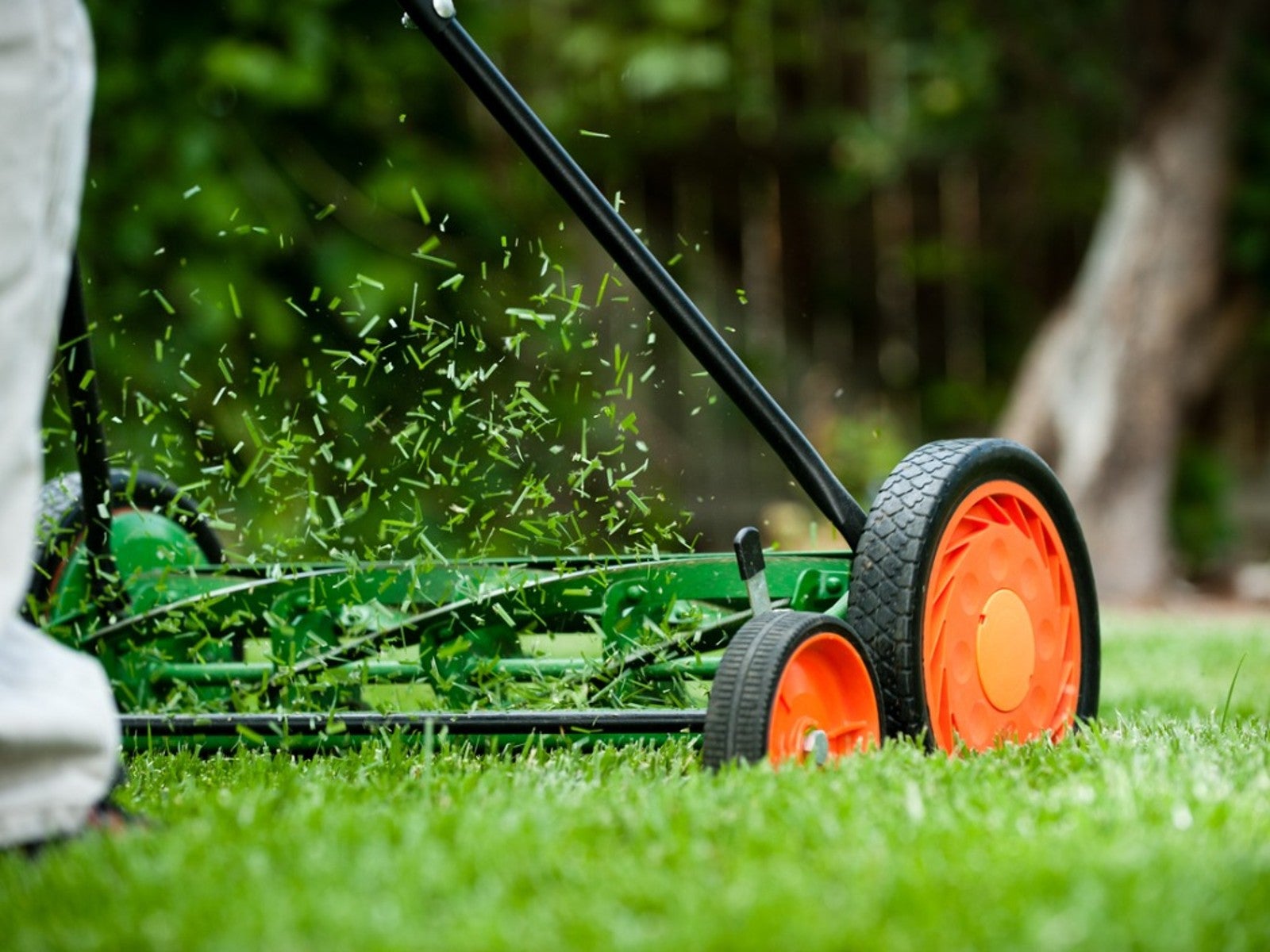 Why A Manual Push Mower Is Good For You And The Environment
Why A Manual Push Mower Is Good For You And The EnvironmentReel mowers are making a comeback, but why? Click here to learn about reel mower pros and cons.
By Amy Grant
-
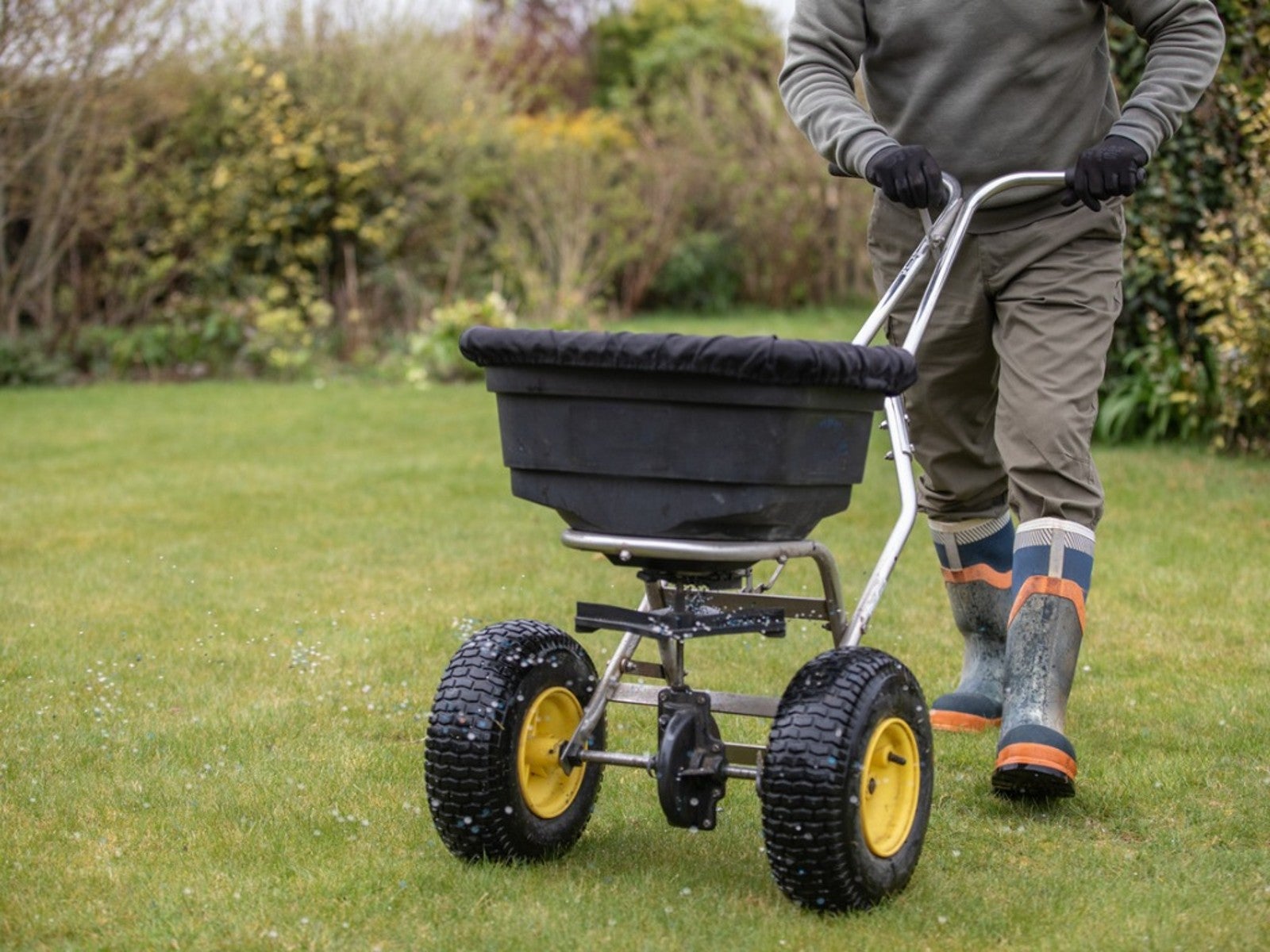 Fertilize Grass In Fall For A Lush Lawn In Spring
Fertilize Grass In Fall For A Lush Lawn In SpringFor everything you need to know about fertilizing your lawn in the fall, click here.
By Susan Albert
-
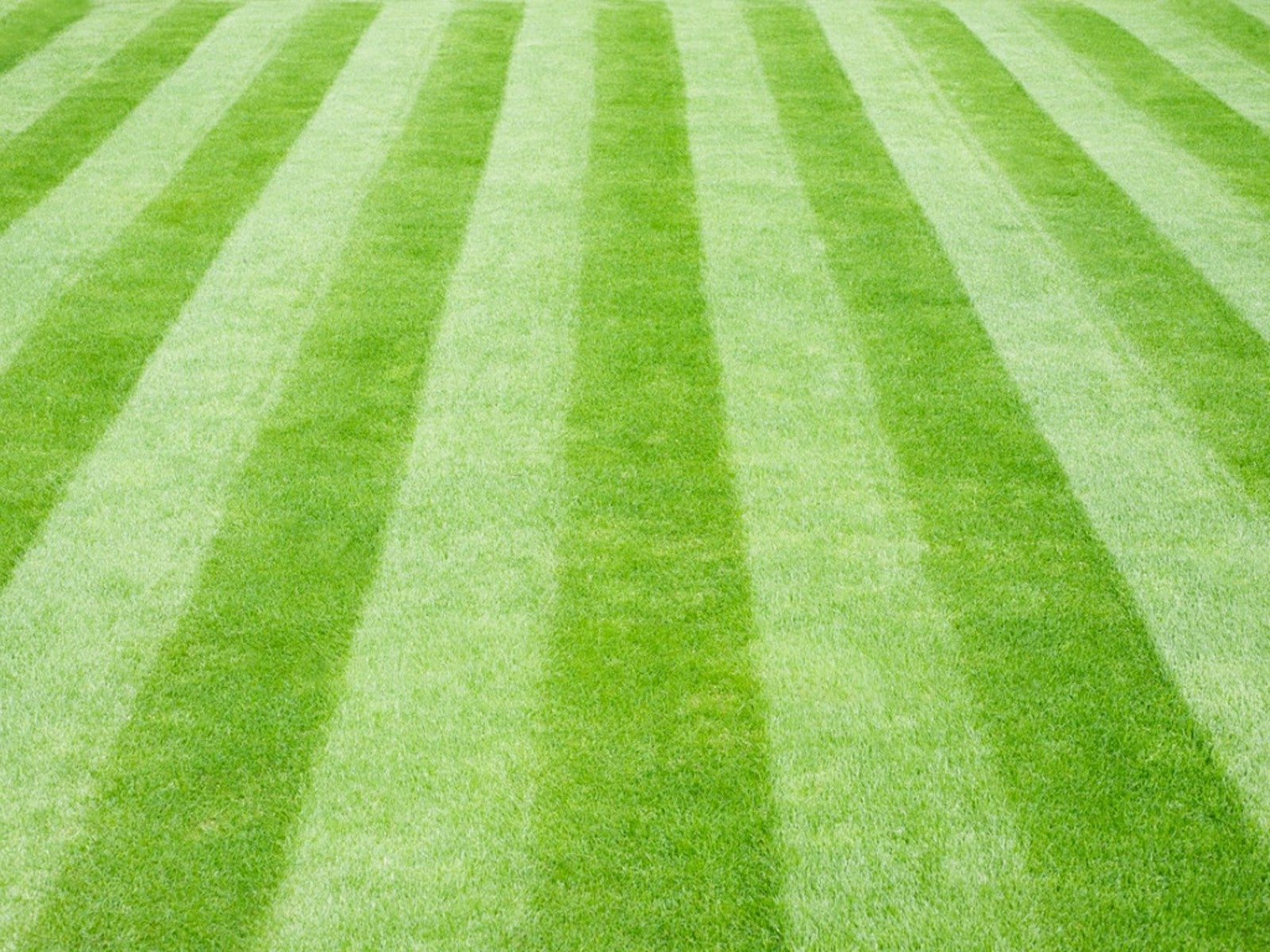 Tips For Mowing Stripes In Lawn
Tips For Mowing Stripes In LawnWouldn’t it be great to have stripes in your lawn like a sports field? Learn how here.
By Susan Albert
-
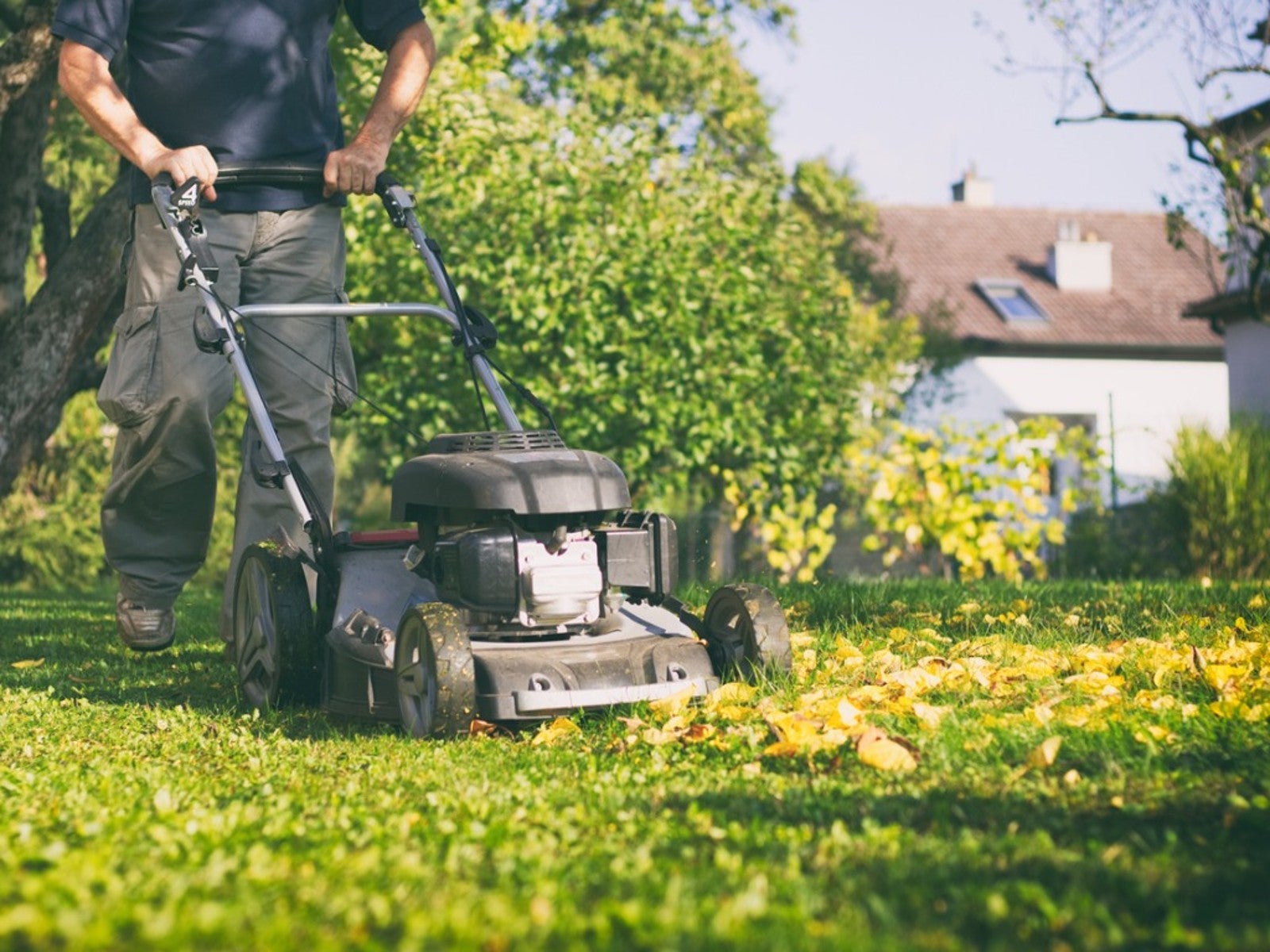 Late Summer Lawn Care Checklist
Late Summer Lawn Care ChecklistPlan to do some late summer care and maintenance of your lawn so it will be healthy and beautiful in the spring. Here are some tips.
By Laura Miller